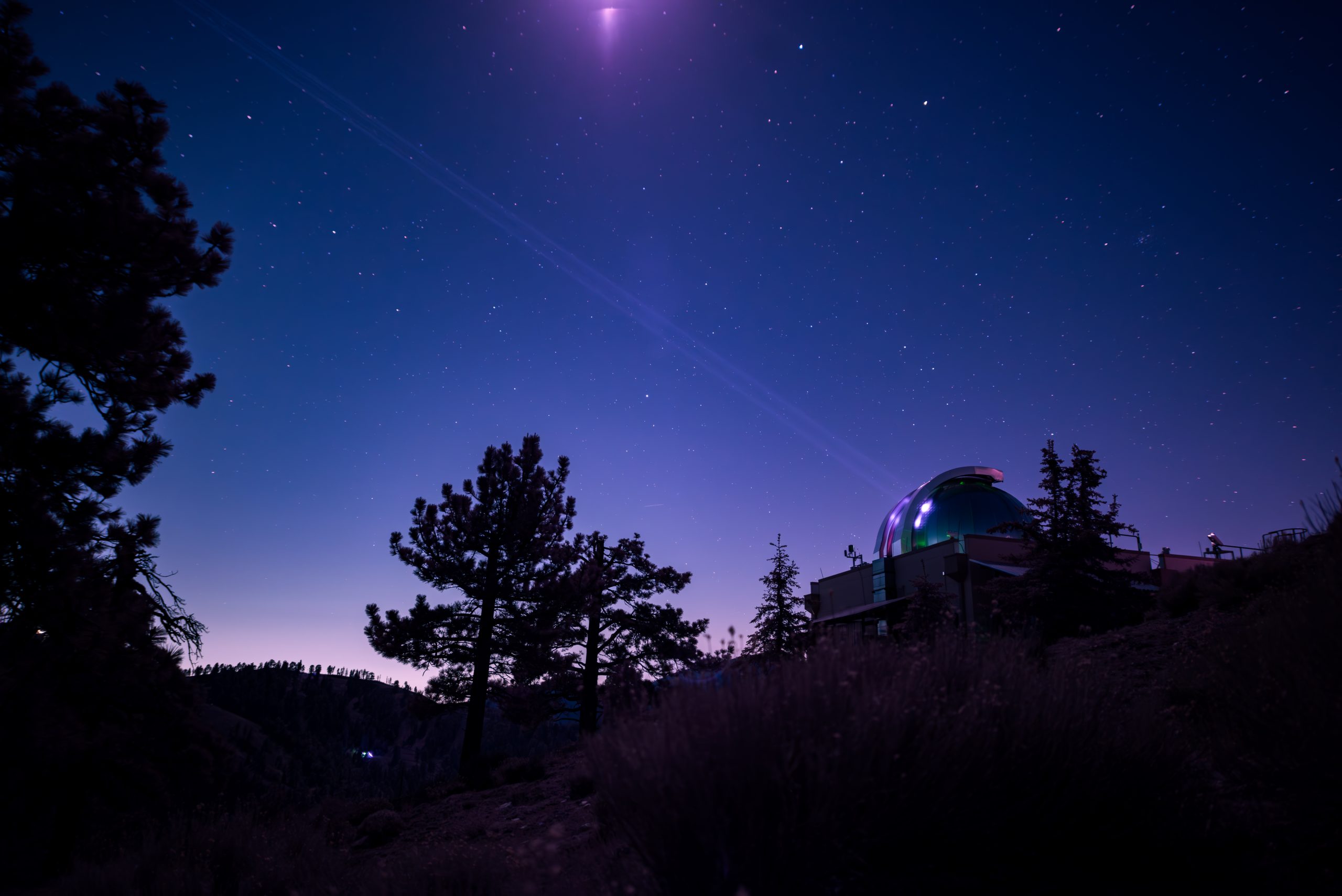After two years of groundbreaking work, the project has surpassed its technical objectives, laying the groundwork for high-speed communication in NASA’s future Mars missions.
Revolutionizing Space Communication with Laser Technology
NASA’s innovative Deep Space Optical Communications (DSOC) technology has successfully demonstrated the ability to transmit, receive, and decode data encoded in laser beams over vast distances, akin to the journey to Mars. Launched with the Psyche mission in 2023, this technology recently completed its 65th and final test, sending a laser signal to Psyche and receiving it back from 218 million miles away.
Advancing Toward Mars with Laser Communications
“NASA is paving the way to Mars, and enhancing laser communication technologies brings us closer to streaming high-definition video and transmitting critical data from the Martian surface more efficiently,” stated acting NASA Administrator Sean Duffy. “Technology fuels discovery, and we are dedicated to testing and validating the capabilities essential for a new era of exploration.”
Early Success and Continued Achievements
Just a month post-launch, the DSOC demonstration confirmed its capability by establishing a link with the optical terminal on the Psyche spacecraft and sending a signal back to Earth.
“NASA Technology rigorously tests hardware in the challenging environment of space to understand its limits and validate its capabilities,” explained Clayton Turner, associate administrator, Space Technology Mission Directorate at NASA Headquarters. “Over two years, this technology exceeded our expectations, achieving data rates similar to household broadband and transmitting engineering and test data from unprecedented distances.”
Record-Breaking Data Transmission
On December 11, 2023, the demonstration achieved a historic milestone by streaming an ultra-high-definition video to Earth from over 19 million miles away, at a maximum bitrate of 267 megabits per second. The project also set new distance records on December 3, 2024, by downlinking data from 307 million miles away. In total, the ground terminals received 13.6 terabits of data from Psyche.
Technical Setup and Challenges
Managed by NASA’s Jet Propulsion Laboratory (JPL) in Southern California, the experiment includes a flight laser transceiver on the Psyche spacecraft and two ground stations for data transmission and reception. A robust 3-kilowatt uplink laser at JPL’s Table Mountain Facility sent a laser beacon to Psyche, guiding the transceiver to aim the optical communications laser back to Earth.
Both Psyche and Earth move rapidly through space, and the laser signal, traveling at light speed, takes several minutes to reach its target. By achieving the precise pointing needed from both ground and flight laser transmitters, NASA teams demonstrated that optical communications can support future missions across the solar system.
Overcoming Obstacles and Enhancing Capabilities
Another aspect of the experiment involved detecting and decoding a faint signal after the laser traveled millions of miles. The project utilized a 200-inch telescope at Caltech’s Palomar Observatory as its primary downlink station, which collected the faintest photons. These photons were then processed by a high-efficiency detector array at the observatory.
“We faced numerous challenges, from weather disruptions affecting our ground stations to wildfires in Southern California impacting our team,” said Abi Biswas, Deep Space Optical Communications project technologist and supervisor at JPL. “Yet, we persevered, and I am proud of our team’s dedication to routinely transmitting and receiving data from Psyche, constantly enhancing performance and capabilities.”
Innovative Testing and Future Prospects
In another test, data was downlinked to an experimental radio frequency-optical “hybrid” antenna at the Deep Space Network’s Goldstone complex. The antenna, equipped with an array of seven mirrors, received both radio frequency and optical signals from Psyche.
The project also employed Caltech’s Palomar Observatory and a smaller 1-meter telescope at Table Mountain to receive the same signal from Psyche. This technique, known as “arraying,” is commonly used with radio antennas to enhance weak signal reception and build system redundancy.
“As space exploration evolves, so do our data transfer needs,” said Kevin Coggins, deputy associate administrator, NASA’s SCaN (Space Communications and Navigation) program. “Future missions will require astronauts to send high-resolution images and data from the Moon and Mars back to Earth. Enhancing our traditional radio frequency communications with optical communications will enable NASA to meet these new demands.”
Continuing the Legacy of Optical Communication
This demonstration is part of a series of optical communication experiments funded by the Space Technology Mission Directorate’s Technology Demonstration Missions Program, managed at NASA’s Marshall Space Flight Center and the SCaN program. The Psyche mission is led by Arizona State University, with Lindy Elkins-Tanton as the principal investigator. NASA JPL, managed by Caltech, oversees the mission’s overall management.
For more information about the laser communications demo, visit:
https://www.jpl.nasa.gov/missions/deep-space-optical-communications-dsoc/
Ian J. O’Neill
Jet Propulsion Laboratory, Pasadena, Calif.
818-354-2649
ian.j.oneill@jpl.nasa.gov
2025-120
